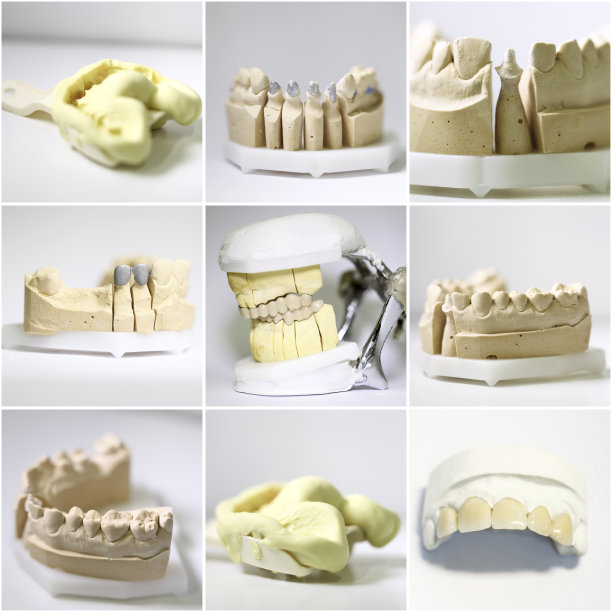Essential Guidelines and Precautions for a Successful Root Canal Treatment to Ensure Optimal Dental Health
Summary: A successful root canal treatment (RCT) is pivotal for preserving dental health and relieving pain caused by infected tooth pulp. This article outlines essential guidelines and precautions to ensure optimal outcomes for patients undergoing root canal therapy. We will explore the importance of choosing the right dentist, preparing properly for the procedure, post-treatment care, and recognizing potential complications. By understanding these key areas, patients can enhance their chances for a pain-free recovery and maintain their oral health effectively.
1. Importance of Choosing the Right Dentist

The success of a root canal treatment largely depends on the expertise of the dentist performing the procedure. It is vital to choose a dentist who specializes in endodontics, as their advanced training equips them with the skills required for such intricate procedures. An experienced dentist can assess the extent of infection and determine the most effective treatment approach.
Additionally, patient reviews and recommendations can be invaluable in selecting a qualified practitioner. Potential patients should seek referrals from trusted sources and conduct online research to evaluate a dentists reputation. Look for credentials, years of experience, and successful case histories that align with favorable outcomes.
Lastly, a dentist’s approach to technology is also crucial. Advanced equipment and techniques can significantly enhance the efficiency and effectiveness of the treatment. Many modern dental offices are equipped with digital imaging and advanced sterilization methods that can minimize discomfort and promote healing.
2. Preparing Properly for the Procedure
Preparation is key to ensuring a successful root canal treatment. Prior to the appointment, patients should have a thorough dental examination, including X-rays to determine the severity of the infection and the complexity of the root structure. This information will guide the dentist in preparing a detailed treatment plan.
Patients must also communicate openly with their dentist about their medical history, including any medications they are currently taking. This helps the dentist to identify any underlying health issues that could affect the procedure or healing process.
Lastly, it is advisable for patients to practice good oral hygiene before the root canal appointment. Brushing and flossing can help reduce the number of bacteria in the mouth, minimizing the risk of further infection during the treatment.
3. Post-Treatment Care Instructions
After the root canal procedure, proper post-treatment care is essential to enhance recovery and maintain dental health. Following the dentist’s specific instructions is crucial; however, some general guidelines apply. Patients should avoid chewing on the treated side of their mouth until the anesthesia wears off to prevent accidental biting or injury.
Over-the-counter pain relievers can be taken to manage discomfort but should be used according to the dentist’s recommendations. It’s important to maintain regular pain management, especially in the first few days post-procedure.
In addition, maintaining good oral hygiene is critical after treatment. Gently brushing and flossing around the treated tooth can help prevent new infections and will support overall oral health during the healing process.
4. Recognizing Potential Complications
Awareness of potential complications enhances patient safety during and after root canal treatment. While RCT is generally safe, some patients may experience prolonged pain, swelling, or discomfort even after the procedure. These symptoms could indicate an infection or an incomplete treatment, and it’s essential to communicate any concerns to the dentist promptly.
Patients should also be mindful of signs of allergic reactions, such as rash or swelling, especially if sedation or certain medications were used during treatment. Staying vigilant can help in early detection of complications.
Lastly, it’s crucial to attend all follow-up appointments scheduled by the dentist. These visits allow for monitoring the healing process and can help address any issues that arise, ensuring optimal recovery and dental health.
Summary:
In summary, understanding the essential guidelines and precautions for successful root canal treatment can significantly impact the overall outcome for patients. By choosing the right dentist, properly preparing for the procedure, adhering to post-treatment care, and recognizing potential complications, patients can enhance their dental health effectively.
This article is compiled by Vickong Dental and the content is for reference only.



